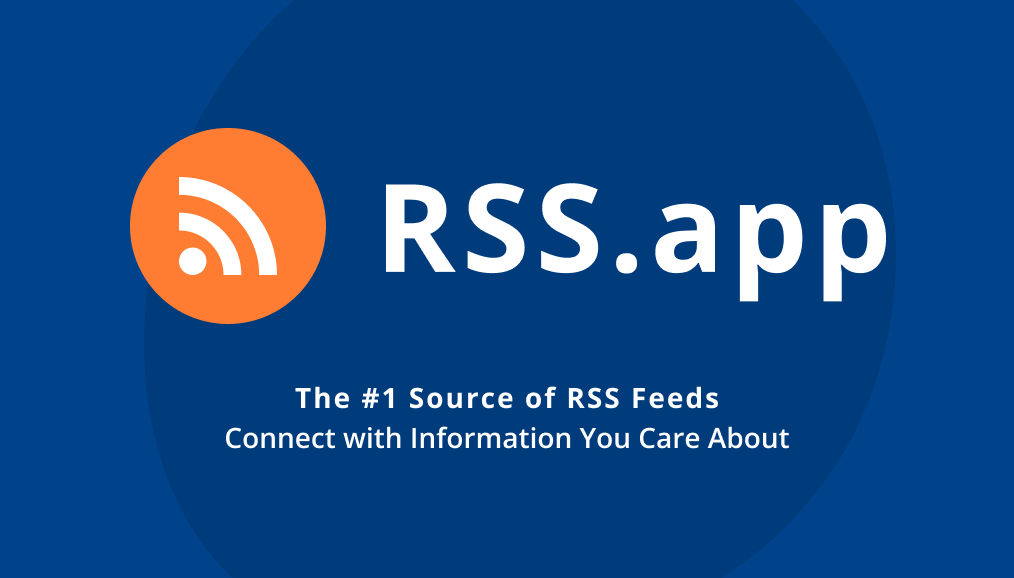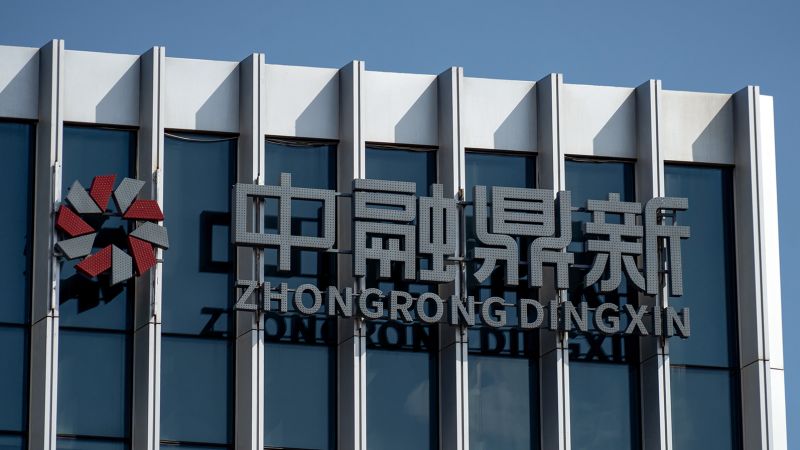If you are in a 401(k) plan at work, you very likely have the option to invest in a so-called target date fund, which also may be called a retirement date fund or a lifecycle fund.
At the end of 2020, the vast majority of plans (86%) offered target date funds, and 59% of 401(k) participants had money invested in one.
That’s according to an analysis by the Employee Benefit Research Institute, which reviewed anonymized data on 11.5 million 401(k) participant accounts from employers of all sizes.
So what is a target date fund exactly? It’s a blend of stocks and bonds — an all-in-one portfolio — designed to offer an appropriate allocation for the average investor relative to their anticipated retirement date. In other words, you’d pick a fund that aims for a retirement year closest to the year you’ll turn 65. For example, if you’re 25, you might invest in a 2065 target date fund. If you’re 50, you would pick a 2040 fund.
The high percentage of 401(k) participants with money in a target date fund is partly because it is often the default investment for employees who are automatically enrolled in a plan or whose plan changes hands after a merger.
Typically a target date fund is a “fund of funds” – meaning its portfolio is made up of both stock funds and bond funds selected by the manager.
Each target date fund has a future “glide path” for allocation, which is meant to grow more conservative over time. For instance, a fund aimed at a retirement date 40 years from now will be invested mostly in stocks (e.g., 90% stocks, 10% fixed income), whereas when the target date is just a few years away, the fund may allocate less than 50% to stocks – and by the actual retirement year, the stock allocation may be much less, said certified financial planner Madison Sharick of Madi Manages Money.
And those underlying funds may well be index funds, which track specific markets or sectors, or the broader stock or bond market. As an example, Vanguard notes that its target date funds invest in Vanguard’s broadest index funds, essentially giving you exposure “to thousands of U.S. and international stocks and bonds.”
Besides adjusting the fund’s allocation as your retirement approaches, the fund manager will rebalance the portfolio periodically to make sure the chosen asset allocation for a given year doesn’t get too out of whack due to market performance, said certified financial planner Bryan Minogue of Kardinal Financial.
For example, Minogue noted, the fund may adjust quarterly to ensure it sticks to its assigned allocation (e.g., 70% stocks, 30% bonds). Or it may adjust whenever the stock or bond portion of the portfolio moves up or down by, say, 5% or more.
Before making a decision as to whether a target date fund is a good investment for your needs, check the fund’s fact sheet or prospectus to find out what the fund’s stated mission is, how it is currently allocated, and what its future glide path will be.
And, importantly, check the fund’s expense ratio since that will determine what you will pay in annual fees. Ideally you want an expense ratio below 0.3%, Sharick said. For example, say a fund has a 0.2% expense ratio. That means you will pay $20 in annual fees for every $10,000 you have invested (0.2% x $10,000).
Beyond gathering that information, consider that the fund is designed to help “average” investors by assuming a certain risk tolerance and set of investment goals for them, which may or may not match your own, said Tampa, Florida-based certified financial planner Stacy Miller.
It is especially critical in your 50s to revisit your fund’s glide path to (and possibly after) the fund’s retirement date. If you’re healthy and expect to live 20 or more years in retirement, make sure the target date fund’s planned stock allocation can generate enough growth in your portfolio for your needs and preferences.
“As pre-retirees approach that retirement ‘target date’, some of these funds start shifting more to fixed income and away from equity positions altogether. Depending on the investor’s risk profile, this could be detrimental to their long-term retirement goals,” Miller said.
When Minogue is helping a client figure out how best to invest their 401(k), he said he will always recommend the target date fund option if he can’t see how else the client can build out an adequately diversified stock and bond portfolio at a low cost.
And in plans where target date funds are the only option, he said, “it’s a great default option.”
Beyond reading the fine print on what a target fund aims to do and how it aims to do it, be honest with yourself about what type of investor you are.
If you’re willing to take more risk than the average person and you’re willing to actively manage and rebalance your portfolio on your own, you may feel your money is too constrained in a target date fund.
But target date funds can be a good option if you simply don’t feel confident enough – or frankly, interested enough – to actively manage your retirement savings.
“If you’re an overanalyzer or overthinker, or you don’t want to worry about it, target date funds are for you,” Sharick said.
Read the full article here














